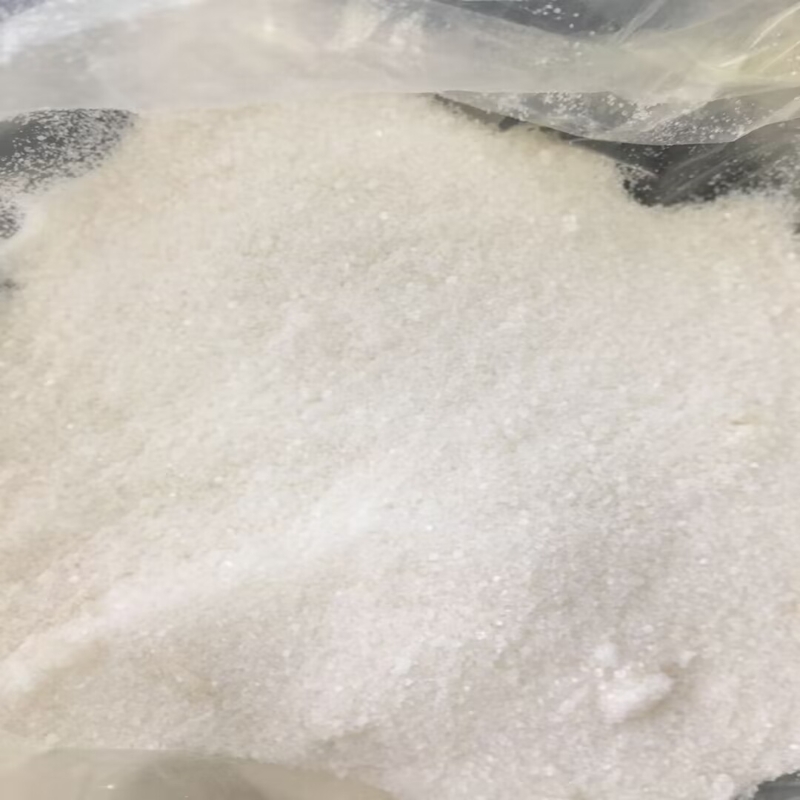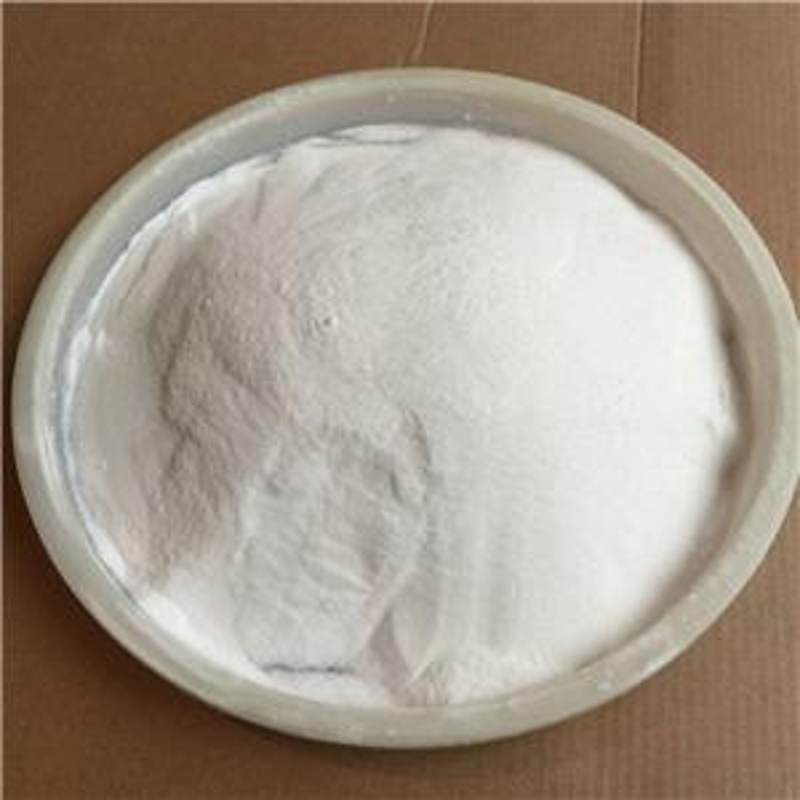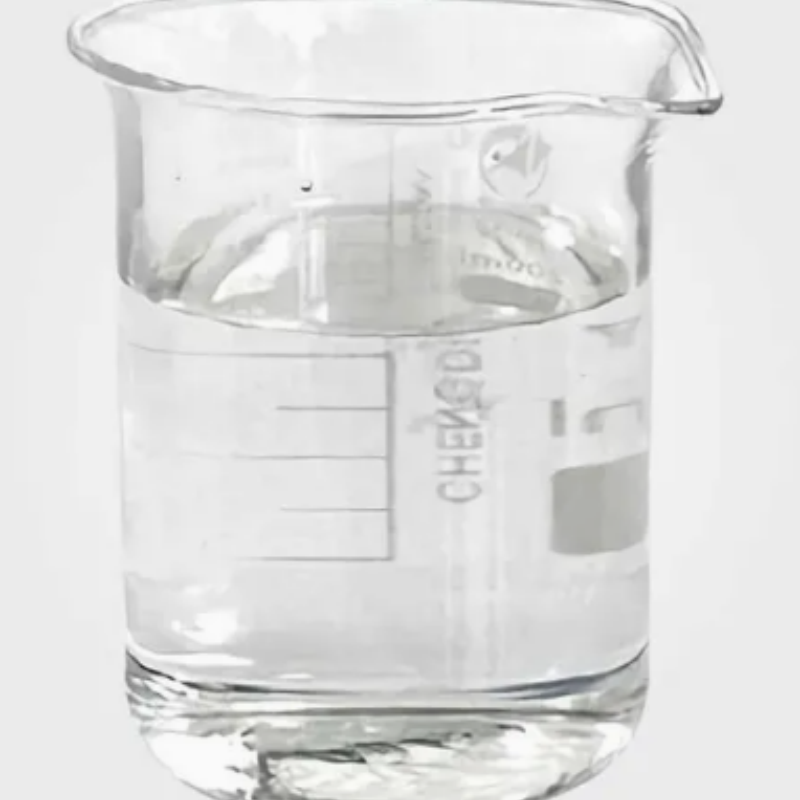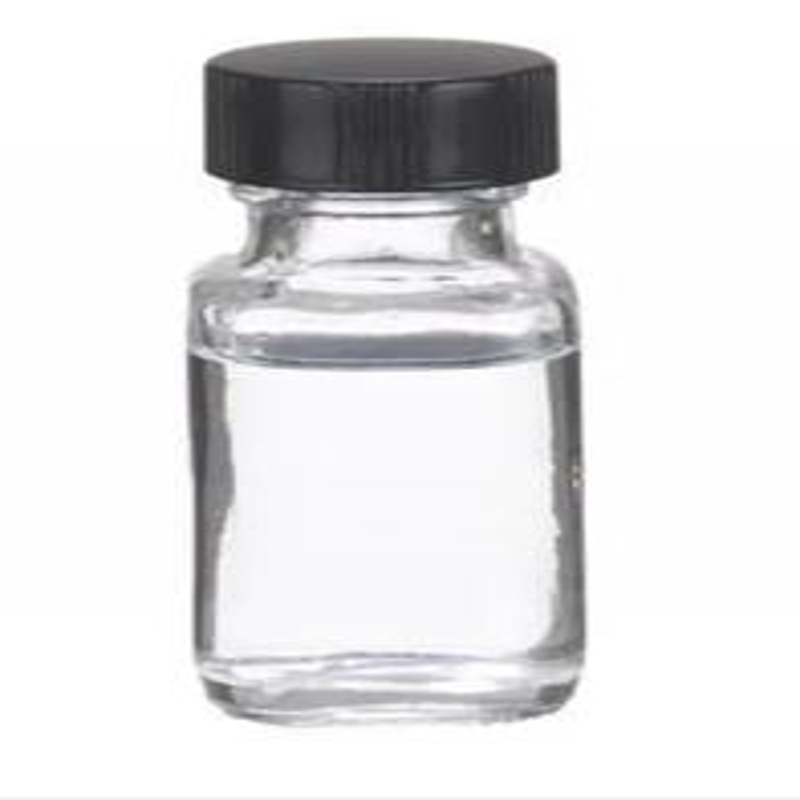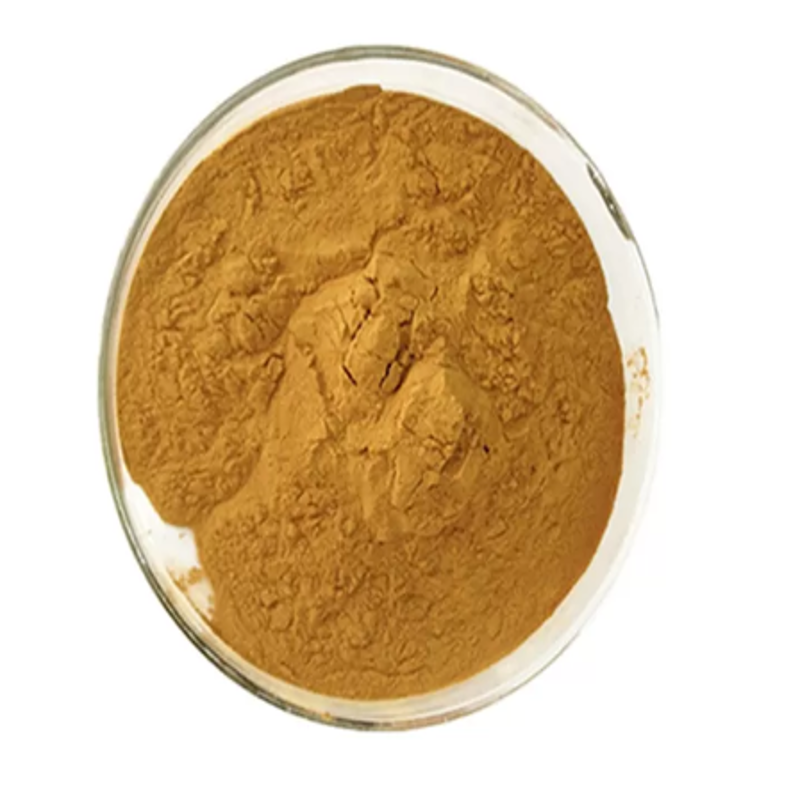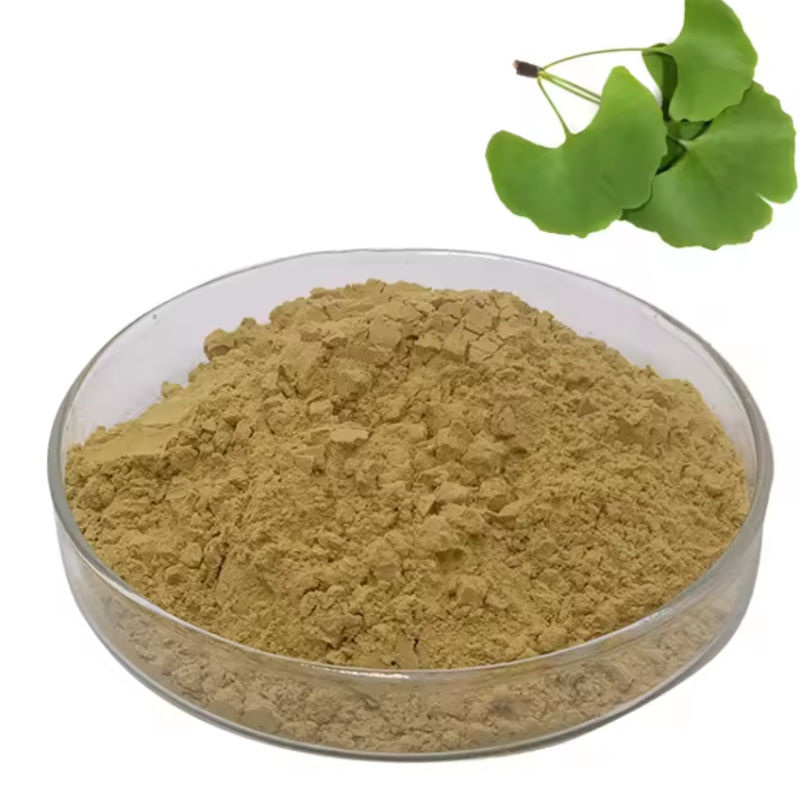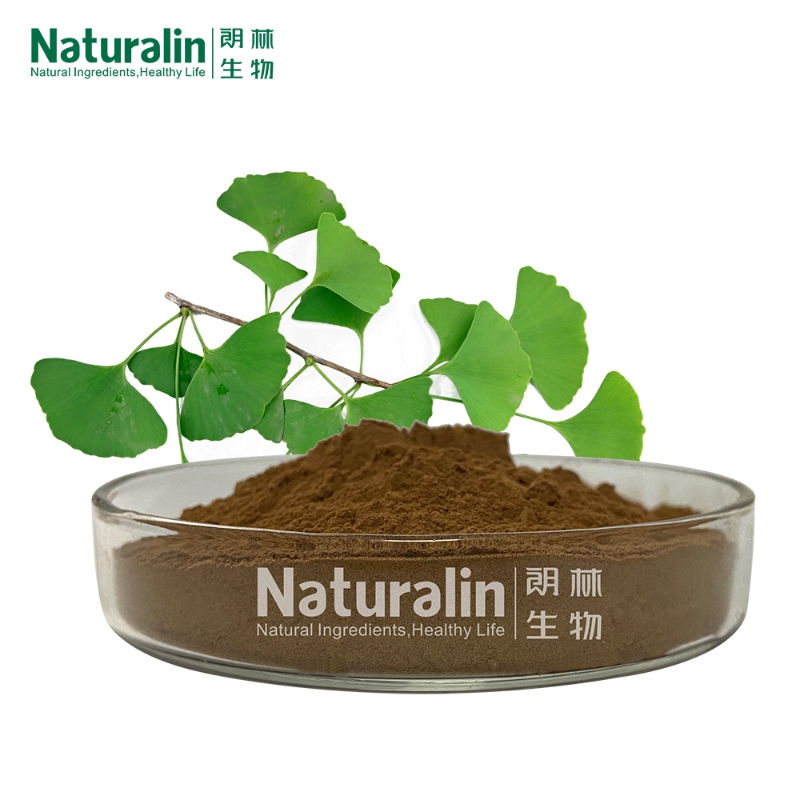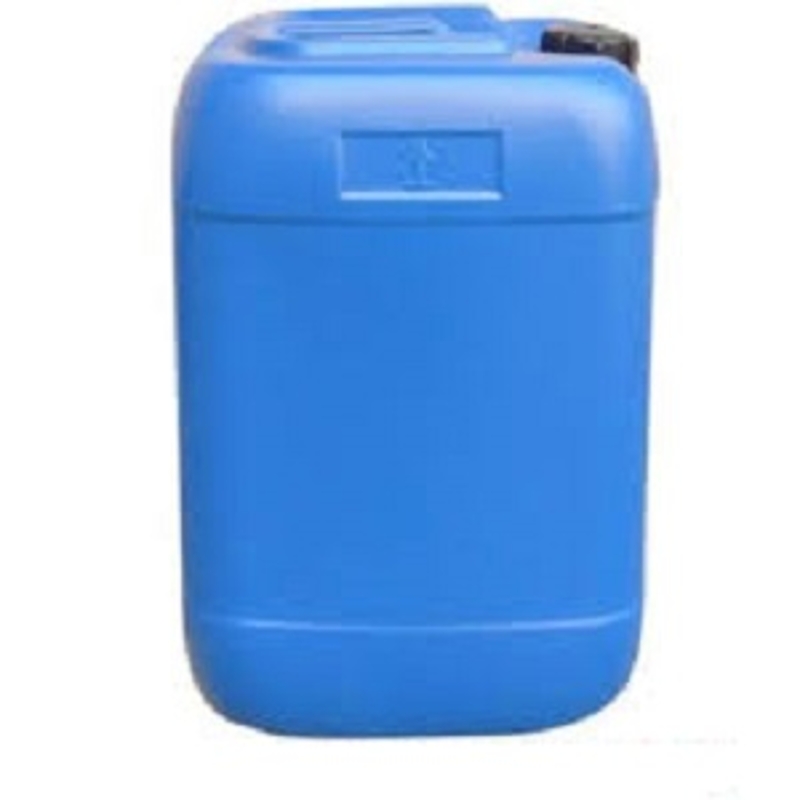Cosmetic Ingredient
- • Abrasive (124)
- • Absorbent (84)
- • Anticaking (66)
- • Anticorrosive (25)
- • Antifoaming (19)
- • Antimicrobials (290)
- • Antioxidant Ingredient (393)
- • Antiperspirant (20)
- • Antiplaque (48)
- • Anti-seborrheic (38)
- • Anti-sebum (39)
- • Antistatic (458)
- • Astringent (162)
- • Binding Agent (172)
- • Bleaching Agent (53)
- • Buffering (191)
- • Bulking (109)
- • Chelating (122)
- • Cleansing (679)
- • Cosmetic Colorant (212)
- • Cosmetic Preservative (158)
- • Denaturant (45)
- • Deodorant (98)
- • Depilatory (27)
- • Dissolving Agent (298)
- • Emollient (795)
- • Emulsifying Agent (480)
- • Emulsion Stabilising (154)
- • Exfoliating (19)
- • Film Forming (299)
- • Flavouring (72)
- • Foam Boosting (161)
- • Foaming (101)
- • Fragrance Ingredient (726)
- • Gel Forming (19)
- • Hair Conditioning (670)
- • Hair Dyeing (363)
- • Hair Fixing (36)
- • Hair Waving or Straightening (45)
- • Humectant (282)
- • Hydrotrope (92)
- • Keratolytic (20)
- • Light Stabilizer (80)
- • Moisturising Agent (50)
- • Nail Conditioning (42)
- • Occlusive (20)
- • Opacifying (119)
- • Oral Care (123)
- • Oxidising (19)
- • Perfuming (2105)
- • Plasticiser (98)
- • Propellant (19)
- • Reducing (50)
- • Refatting (12)
- • Refreshing (26)
- • Skin Cleansing (388)
- • Skin Conditioning (1751)
- • Skin Humectant (21)
- • Skin Protecting (282)
- • Smoothing (31)
- • Soothing (71)
- • Tonics (155)
- • UV Filter (34)
- • Viscosity Controlling (532)
Chemicals as Skincare Ingredients
Related News
Antimicrobials
Grape, red, ext.
(84929-27-1)-
Cosmetics Grade / 99%
-
Food Grade, Cosmetic Grade / 99.9%
-
Cosmetic/Food/Pharmaceutical Grade / 0.00%
-
pharmaceutical grade/food grade / 98%
Request for quotation , get quotes from more suppliers.
Miconazole nitrate
(22832-87-7)-
Chemical Grade / 99%
-
Pharmacy Grade / 99%
-
-
Request for quotation , get quotes from more suppliers.
Phenoxyethanol
(122-99-6)-
Cosmetics Grade / 99%
$2200-2400/MT FOB
-
Cosmetics Grade / 99%
$30-35/KG FOB
-
Cosmetic Grade / -
$630-680/MT FOB
-
Cosmetics Grade / 99%
Itraconazole
(84625-61-6)2. Anti-infective
3. Anti Fungal. Used in the treatment of stomach upset/ indigestion and other gastrointestinal conditions
4. For the treatment of the following fungal infections in immunocompromised and non-immunocompromised patients: pulmonary and extrapulmonary blastomycosis, histoplasmosis, aspergillosis, and onychomycosis.
5. A traizole antifungal agent
6. An orally active antimycotic structurally related to Ketoconazole. Antifungal
-
-
- / 99.00%
-
Pharmacy Grade / 99%
-
API Grade / 99%
Request for quotation , get quotes from more suppliers.
Glyoxal
(107-22-2)-
Cosmetics Grade / 40%
-
Cosmetics Grade / 99%
$1550-1780/MT FOB
-
Industrial Grade / 99%
-
Industrial Grade / 95%
$1-1.3/KG EXW
Ginkgo biloba extract
(90045-36-6)Flavonoids in Ginkgo biloba has antioxidant activity, thus can be added as an antioxidant into fats and sweets. Total flavonoids are mostly yellow, and have a wide solubility spectrum including both water-solubility and lipid solubility, so it can play a role of coloring agent. People can process Ginkgo biloba into ultrafine powder and add into food. Grinding ginkgo leaf ultra-finely and adding to cakes, biscuits, noodles, candy, ice cream as 5% to 10% can
-
Medicine /cosmetic Grade / 24%
-
pharmaceutical grade/food grade / 99%
-
Pharmacy Grade / 100%
-
- / 27%
$78-90/KG FOB
Request for quotation , get quotes from more suppliers.
Zinc gluconate
(4468-02-4)-
Food Grade / -
-
-
- / 0.00%
-
- / 99.00%
Request for quotation , get quotes from more suppliers.
3-Pyridinecarboxaldehyde
(500-22-1)-
Industrial Grade / 99%
$1/KG FOB
-
- / 99.00%
-
Industrial grade / 99%
-
Industrial Grade / 99%
Request for quotation , get quotes from more suppliers.
Itaconic acid
(97-65-4)-
Cosmetics Grade / 99%
-
Cosmetics Grade / 99%
-
Industrial Grade / 99%
-
Industrial Grade / 99%
Request for quotation , get quotes from more suppliers.
Hexadecyltrimethylammonium chloride
(112-02-7)-
Cosmetics Grade / 99%
-
Cosmetics Grade / 99%
-
Cosmetics Grade / -
-
![Cetrimonium Chloride buy Cetrimonium Chloride]()
Cosmetic Raw Materials / 99%
Source Antimicrobials Raw Materials by Region
More Information
Antimicrobial agents are used to inhibit the growth and spread of harmful microorganisms in the body. These agents are essential tools in combating bacterial, viral, and fungal infections, working to disrupt the mechanisms that allow these microbes to thrive.
Antimicrobial agents work by targeting and disrupting the vital functions of microorganisms, such as bacteria, viruses, or fungi, impeding their ability to grow and reproduce. Through various mechanisms, these agents effectively neutralize or inhibit the infectious organisms, promoting the elimination of the threat.
Causes of microbial infections
•Exposure to harmful bacteria, viruses, or fungi.
•Weakened immune system due to factors like stress or medical conditions.
•Poor hygiene practices or contaminated environments.














